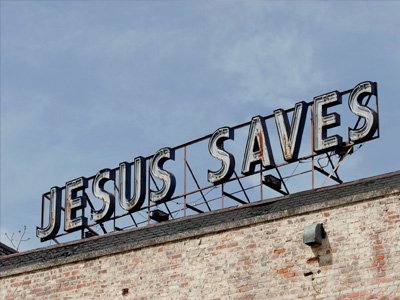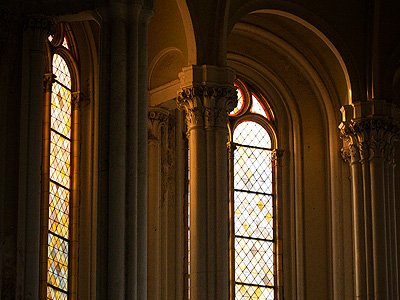Congregations’ role in Community Support: A View on Ferguson, MO
During times of struggle, congregations often ask themselves “what can we do to help?” The first step is to understand the congregation’s resources. Is your building able to be used as a first-aid station or a place to get water and use the restroom? Is there meeting space to have community-wide discussions or small-scale planning…



